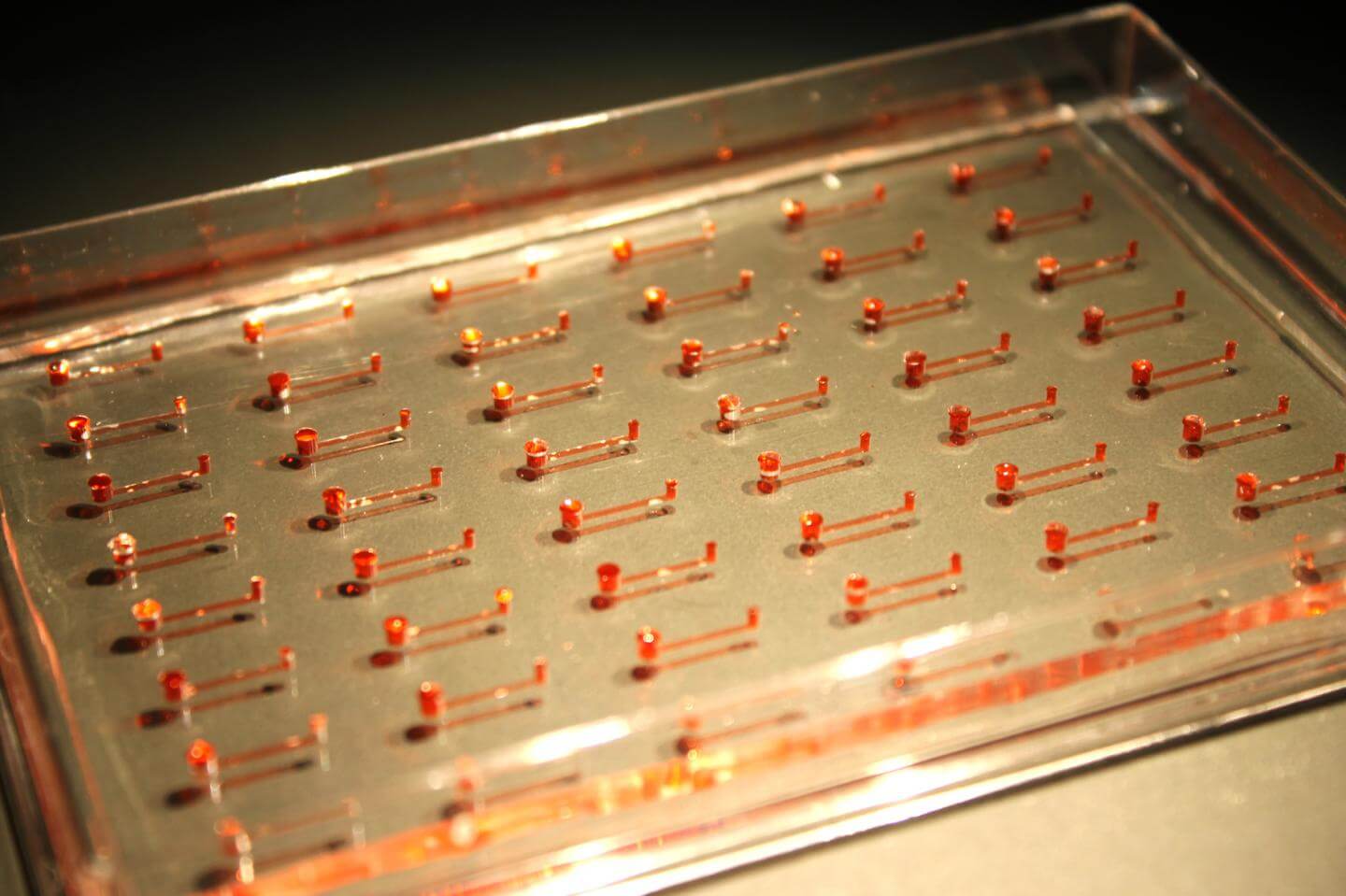



Business Inquiry
Global:
Email:marketing@medicilon.com
+1(781)535-1428(U.S.)
0044 7790 816 954 (Europe)
China:
Email: marketing@medicilon.com.cn
Tel: +86 (21) 5859-1500



Within our bodies, cells, tissues, and organs surround each other, creating a well-regulated environment. Yet, conventional laboratory cell culturing apparatuses—such as flat plates or flasks—are two-dimensional (2D), hindering proper regulation of cell functions.

Now a team of researchers from Kyoto University has developed a chip-like plate on which human pluripotent stem cells (hPSCs) can be raised in optimal, three-dimensional (3D) conditions. hPSCs have enormous potential for cell-based therapies, regenerative medicine, and drug screening, as well as other uses in medicine and health. Consequently, there is great scientific need to grow these cells reliably—including embryonic and induced pluripotent stem cells (hESCs and hiPSCs)—to meet such needs.
In this new study, investigators describe their new microfluidic device, which in combination with a thermoresponsive gel allows for the creation of an ideal, artificial microenvironment for hPSC culture and analysis. The findings from the study were published recently in Advanced Healthcare Materials in an article entitled “Characterization of Phenotypic and Transcriptional Differences in Human Pluripotent Stem Cells under 2D and 3D Culture Conditions.”
The researchers noted that the thermoresponsive gel, which can be easily transformed into a liquid based on temperature, makes fine-tuning of the culture environment possible. Moreover, the authors report “a 3D cellular microenvironment plate (3D-CEP), which consists of a microfluidic device filled with thermoresponsive poly(N-isopropylacrylamide)-β-poly(ethylene glycol) hydrogel (HG), which enables systematic tuning of both chemical and physical environmental cues as well as in situ cell monitoring.” Furthermore, the researchers showed that “H9 human embryonic stem cells (hESCs) and 253G1 human induced pluripotent stem cells in the HG/3D-CEP system maintain their pluripotent marker expression under HG/3D-CEP self-renewing conditions.”
The Japanese researchers looked to use global gene expression analyses to elucidate small variations among different test environments for the hESCs. What they found was that “treatment of H9 hESCs under HG/3D-CEP self-renewing conditions results in initiation of entry into the neural differentiation process by induction of PAX3 and OTX1 expression,” leading the authors to conclude “that this HG/3D-CEP system will serve as a versatile platform for developing targeted functional cell lines and facilitate advances in drug screening and regenerative medicine.”
The scientists are optimistic that this new technology will be of interest to researchers focused on an array of uses, such as microfluidic platform development and tissue engineering. Additionally, “organ on a chip” or “body on a chip” development efforts will be aided by the device, given its ability to recreate in vivo physiological conditions.
Finally, the authors believe that drug screening and chemical toxicological assays are also possible uses, given the chip’s ability to improve cell culture conditions—thereby obtaining more functional cells.
 Relevant
news
Relevant
news